Snails are distributed almost all over the world. Different types of snails come in different shapes and sizes. The giant African snail can be up to 21 centimeters long, and the wild species in the north are generally less than 9 centimeters. Because snails move slowly, they give people the impression of being slow and honest, safe and harmless. In fact, this is not the case. Today, this article brings you the 10 most terrifying species of snails in the world, including: freshwater snails, geographical cone snails , African giant snail, scaly horned gastropod snail, moon snail, assassin snail, rose acorn snail, etc., let’s learn about them together.
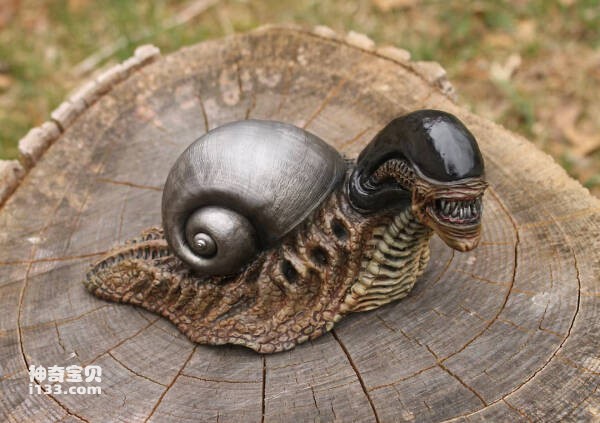
1. Freshwater snail (infected with schistosomiasis)
Among the top 10 deadliest snails, number one is the famous freshwater snail. This tiny snail feeds on algae in the water and does not pose a fatal threat to humans. However, their parasites called schistosomiasis are the real culprit. These schistosomes penetrate the snail's soft body and begin asexual reproduction, multiplying rapidly inside the snail's body and eventually giving birth to thousands of offspring.

These schistosomes have the ability to penetrate human skin. Once in contact with a human body, they use this opportunity to burrow into the skin and enter the bloodstream, infecting the person with schistosomiasis. Schistosomiasis is a serious parasitic infection.
2. Geographic cone snail (poisonous and can be fatal)
The geographical cone snail, also known as the cone snail, is one of the most venomous snails in the world. Their tips conceal a tiny opening through which a poisonous needle, scientifically known as a "harpoon," can be fired. The geographical cone snail has a flexible "hypodermic syringe" that is connected to the toxin-carrying vesicles in the body and can quickly inject the toxin into its prey within seconds.

The venom of this snail is highly toxic. If it is stabbed by it, it will cause severe pain and ulceration at the injured area, while severe stab wounds may cause heart paralysis and pose a fatal risk. Therefore, it is important to be careful when handling geographic cone snails so that they do not harm themselves. You need to be extra careful when collecting living bodies, and you must not be stabbed by them.
3. African giant snail (spreads tuberculosis/meningitis)
The giant African snail is one of the deadliest snails and is widely considered a global agricultural pest. It has had a significant impact and harm on China's native species, ecological environment and social economy. When giant African snails are deprived of fruits or vegetables in their environment, they become extremely manic and start eating a variety of other "foods," including paint and plaster from houses.
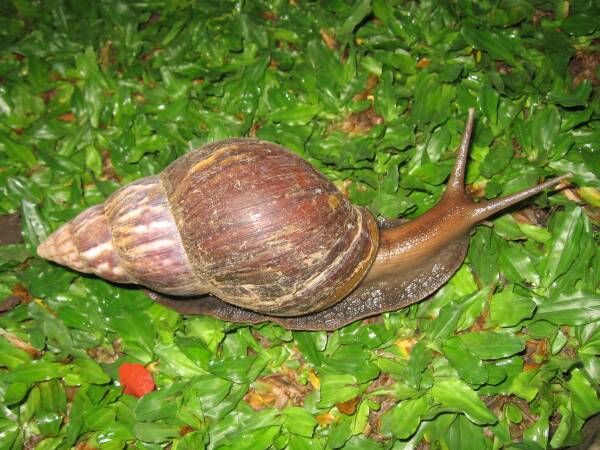
African giant snails can cause damage to more than 500 species of plants, including crops, trees, fruit trees, vegetables and flowers. This snail species is also an intermediate host for a variety of human and animal parasites and pathogens, and may in particular transmit diseases such as tuberculosis and eosinophilic meningitis.
4. Scaly-horned gastropod snail (unique shell)
The scaly-horned gastropod snail is one of the most feared snails with unique characteristics. The snail's shell is mainly composed of iron sulfide, which is magnetic. These metal elements mainly come from underground fountains. The snail can form a strong steel armor shell by absorbing the rich mineral resources in the fountain. This hard shell can effectively resist the attacks of natural enemies.
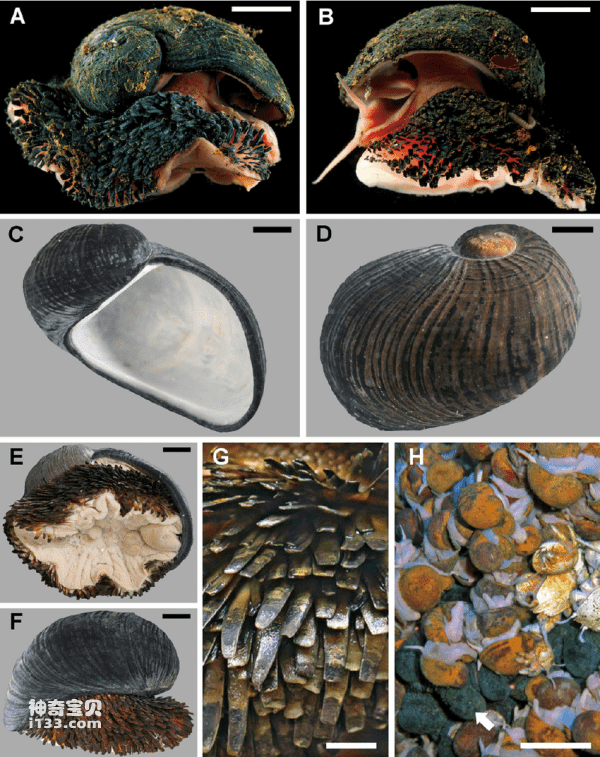
If a predator threatens a scaly-horned gastropod snail, it may display powerful self-defense capabilities. It is said that you can try to put a piece of iron in your mouth and bite it hard, so that you can roughly imagine what will happen to the predators who threaten the snails. Even the U.S. military is studying these snails, hoping to get some inspiration from them to improve the design of soldiers' armor.
5. Moon Snail
The moon snail is one of the most ferocious snails that lives in the Pacific Northwest. The snail's survival strategy relies primarily on burrowing into the shells of other molluscs. They have large, fleshy tentacles that they use to grab prey and prevent it from escaping. At the same time, they use their powerful feet to wrap around their unfortunate prey, suffocating it to death.
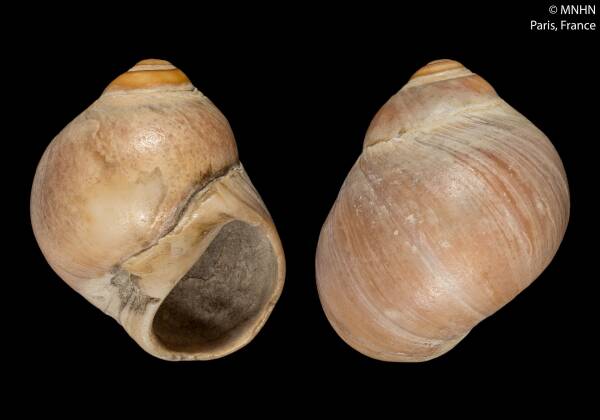
If this hunting strategy fails, the moon snail has other deadly weapons. They have a gland at the end of their proboscis that secretes an acidic substance that softens the shell of their prey. This makes them powerful and imposing predators, able to overcome harder shells and feed.
6. Assassin Snail
When it comes to the scariest snails, the assassin snail is undoubtedly one of them, especially when it comes to other snails. This snail has very unique characteristics in the aquarium. Most aquarium snails feed on algae or plants, but the assassin snail is a carnivorous snail that feeds on other snails. They act as cleaners in nature and are one of the only freshwater predatory snails. Therefore, this variety is often used as a natural method of pest control. If you have a pest problem in your aquarium, introducing these snails may be one of your best options for getting rid of the pests.
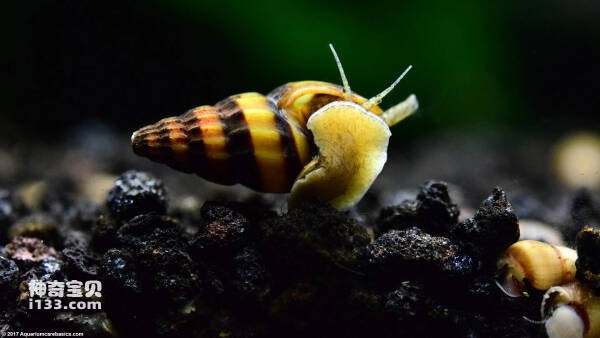
Assassin snails are known for their unique hunting habits, and they provide an effective and natural form of pest control for aquariums. They can help maintain the ecological balance of the aquarium and eliminate harmful species from other snails. Although they are feared in the snail world, they are popular scavengers in aquariums.
7. Rose Acorn Snail
The rose acorn snail, one of the ten scariest snails, is a species that preys on other snails and slugs and is native to tropical regions of North America. The snail feeds on other snails and molluscs and was introduced to control the invasive giant African snail population on the Pacific island of Moorea. However, unexpectedly, the rose acorn snail did not control the population of the African giant snail, but instead threatened the Polynesian snail with extinction.
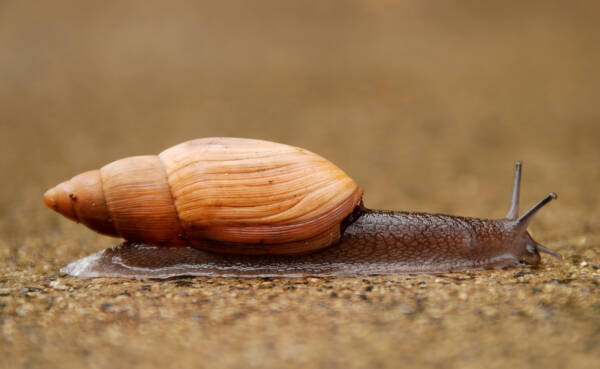
Due to its harmfulness, the Ministry of Agriculture and Rural Affairs of my country has included the rose acorn snail in the "List of Imported Plant Quarantine Pests of the People's Republic of China". This shows that we are highly vigilant about the introduction and control of this variety, and have taken corresponding quarantine measures to protect the safety of native plants and the ecological environment.
8. Carnivorous snails
It's not uncommon to eat snails of the same species, but this carnivorous snail from the Caputz Mountains region of New South Wales, Australia, excels. They use vegetarian snails as their main food source, but also eat slugs, worms and insects, making them the only species in the same area that hunt other vegetarian land snails. In addition, this snail is not only huge in size, but also has the characteristics of longevity, and its lifespan can be as long as more than 20 years.
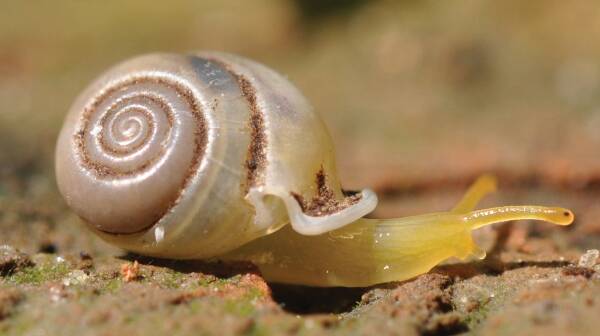
Carnivorous snails in Australia's Caputz Mountains display remarkable adaptability in the way they hunt. They feed on vegetarian snails, disrupting the interdependence of their species. In addition, they can prey on other small land creatures, including slugs, worms, and insects. This snail is large and long-lived, and its lifestyle presents a unique ecological role in the region.
9. Worms and snails
Worm snails get their name from the shape of their elongated shell, which closely resembles that of a worm, while also secreting strands of slime that are several meters long. From an early age, their shell begins to grow a long tube-like structure with coils so they can anchor themselves to rocks. The worm snail also has a peculiar feature. Unlike other snails that move slowly, it appears completely "still" without any sign of movement.
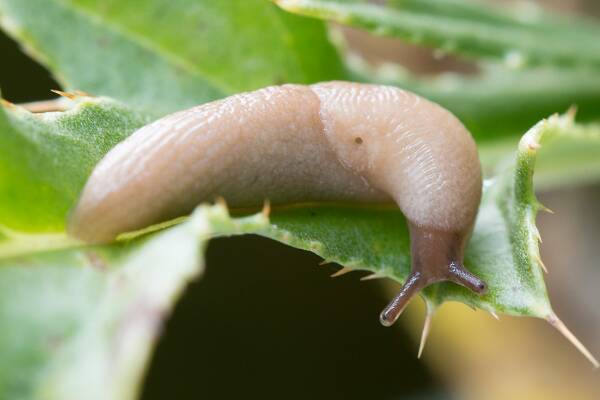
Worm snails get their name from their peculiar appearance and behavioral habits. They look very much like worms and secrete long strands of mucus. When young, worm snails begin to grow a tube-like structure with coils on their shell, which they use to anchor themselves to rocks. Additionally, unlike other snails that move slowly, worm snails appear completely still with no signs of movement.
10. Punk Snail
This snail is named after the "punk head" shape of its shell. Their bodies are covered with tiny spikes, and their appearance is long and wide. From a distance, they look more like a sea urchin. These snails are typically found at depths of 1,000 meters (3,500 feet) near deep-sea hydrothermal vents, where their bodies are completely covered in tiny spines with only minimal gaps. Because they grow near deep-sea volcanoes, it is rare for ordinary people to encounter them.
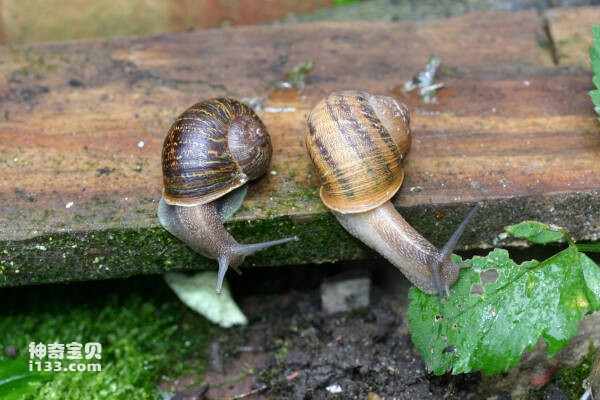
This snail is known as the "punk head" because of its unique shell shape. Their bodies are covered with tiny spikes and have a long, wide appearance that looks more similar to sea urchins from a distance. These snails live mainly at depths of 1,000 meters (3,500 feet) near deep-sea hydrothermal vents, surrounded by tiny spines and with very little space. Because their living environment is located near deep-sea volcanic vents, it is difficult for ordinary people to encounter them.
The top 10 most terrifying snails in the world are mainly recommended based on snail toxicity/parasites/famousness and comprehensive reference to relevant Internet rankings/lists. The data is as of November 5, 2023. If you have any questions, please leave comments/criticisms at the end. Correction.
animal tags: snails
We created this article in conjunction with AI technology, then made sure it was fact-checked and edited by a Animals Top editor.